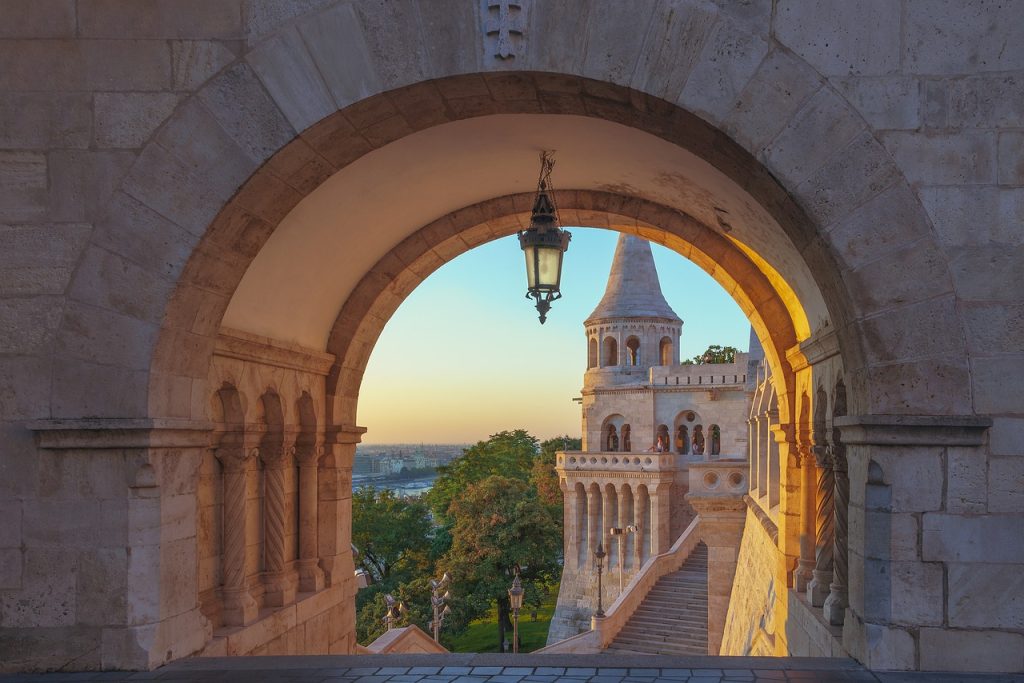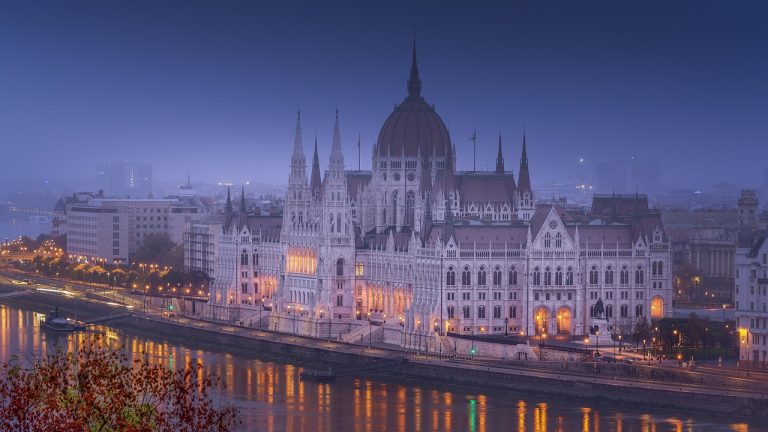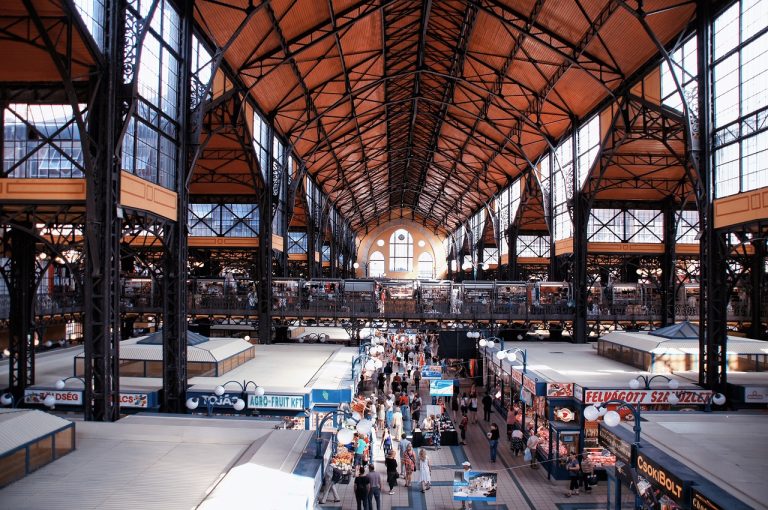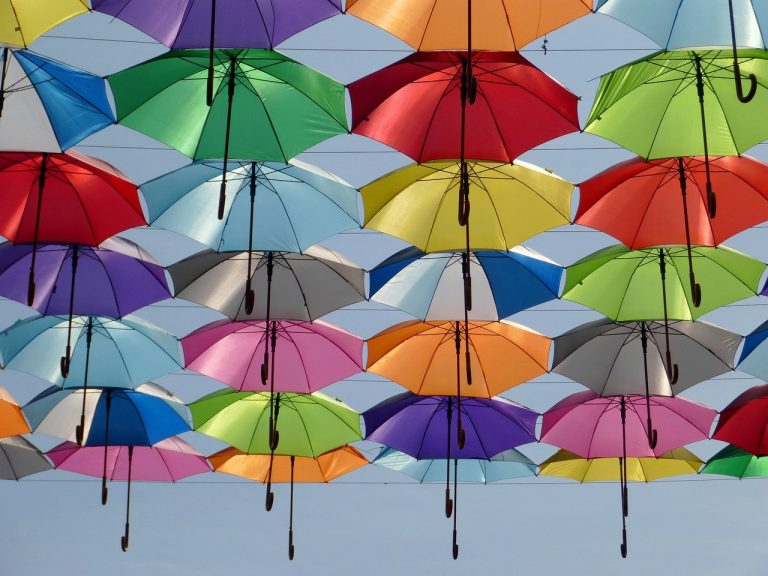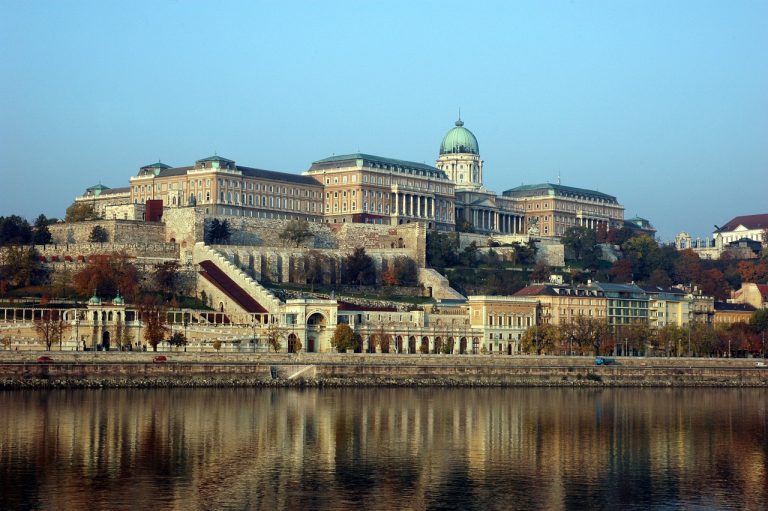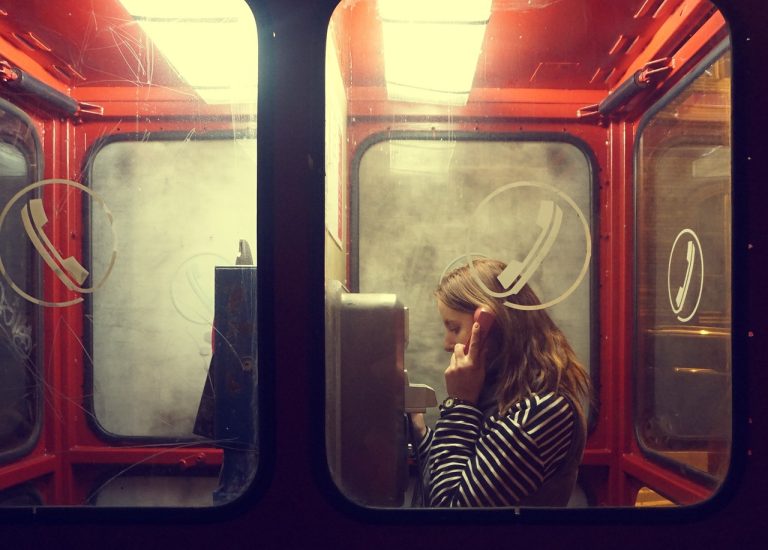Budapest Hungary Video
Local Arts and Culture: Museums of Budapest Hungary
Budapest, the capital city of Hungary, is renowned for its rich history, stunning architecture, and vibrant arts and culture scene. The city is home to a wide array of museums that offer visitors a glimpse into the country’s fascinating past, as well as its thriving contemporary art scene. From ancient artifacts to modern masterpieces, Budapest’s museums have something to offer every art and history enthusiast. In this article, we will explore ten of the most notable museums in Budapest, each with its own unique collection and theme.
Budapest Hungary Image 1: 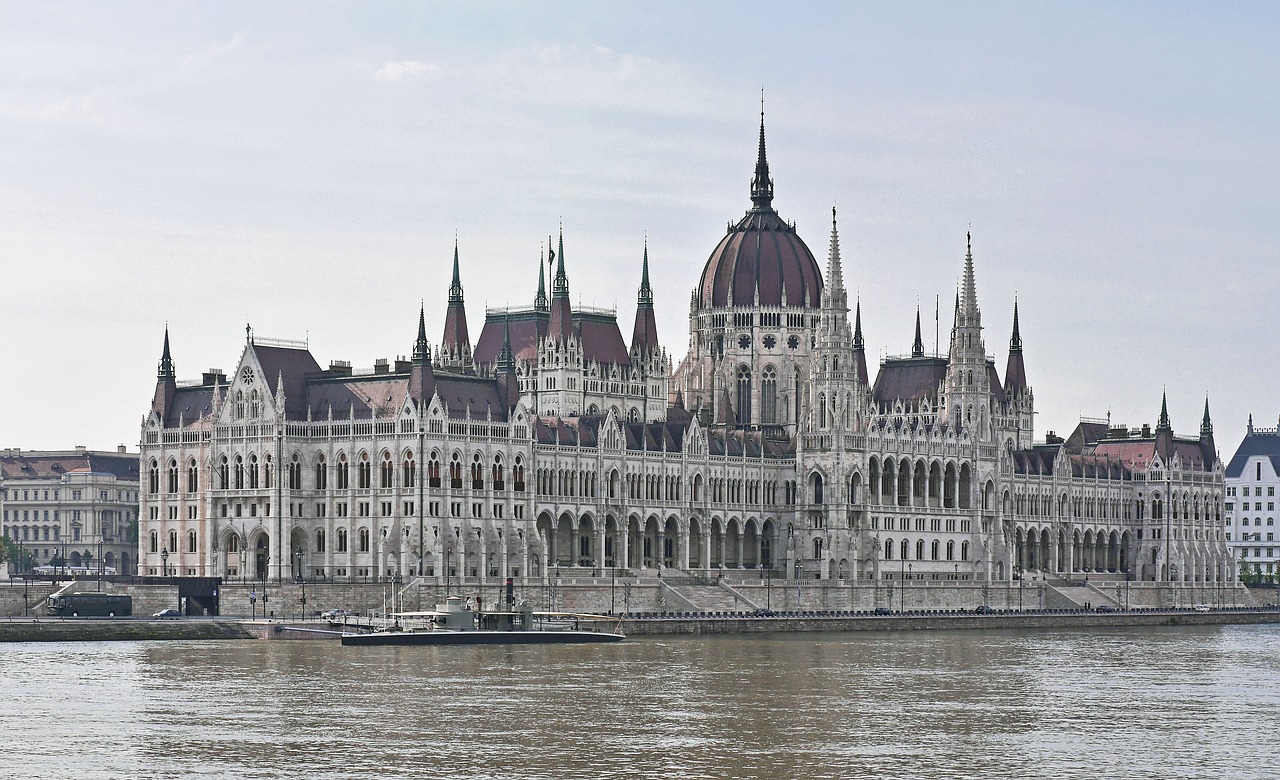
Museum of Fine Arts
The Museum of Fine Arts, located in Heroes’ Square, is one of Budapest’s most prestigious art museums. It houses an extensive collection of European art, spanning from ancient times to the present day. The museum’s collection includes works by renowned artists such as Raphael, Rembrandt, Monet, and Van Gogh. Visitors can explore various art movements, including Renaissance, Baroque, Impressionism, and Cubism, through the museum’s carefully curated exhibitions.
- Highlights: The collection includes Raphael’s “Esterházy Madonna,” Rembrandt’s “Self-Portrait,” Monet’s “The Bridge at Argenteuil,” and Van Gogh’s “Poppy Flowers.”
- Visitor Information: The museum is open from Tuesday to Sunday, from 10 am to 6 pm. Admission fees apply, and guided tours are available.
- Keywords: Museum of Fine Arts, Budapest, European art, Heroes’ Square, Renaissance, Baroque, Impressionism, Cubism
Budapest Hungary Image 2: 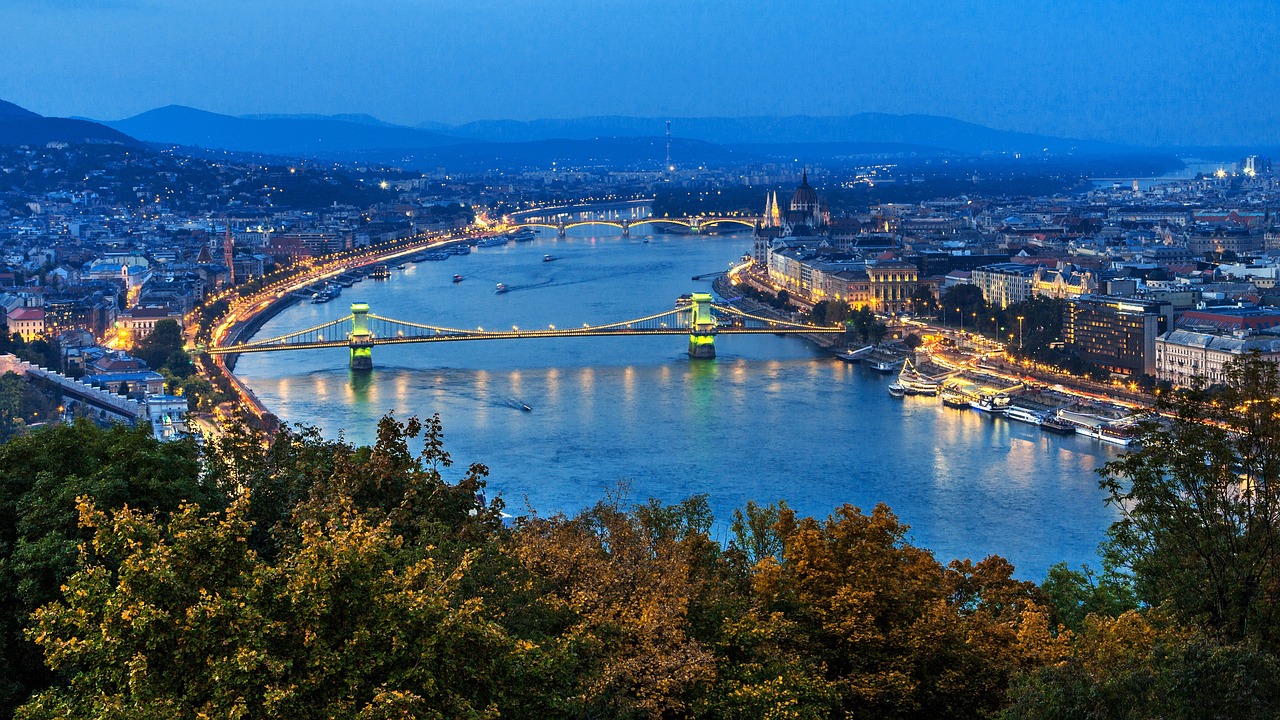
Hungarian National Museum
The Hungarian National Museum, established in 1802, is dedicated to preserving and showcasing Hungary’s history and culture. The museum’s vast collection includes archaeological artifacts, historical documents, and fine art pieces. Visitors can explore Hungary’s past, from prehistoric times to the present day, through the museum’s exhibitions. The Hungarian National Museum also hosts temporary exhibitions that delve into various aspects of Hungarian culture, such as folk traditions and contemporary art.
- Highlights: The museum houses the Holy Crown of Hungary, a symbol of the country’s sovereignty, and the Coronation Mantle, used during the coronation ceremonies of Hungarian kings.
- Visitor Information: The museum is open from Tuesday to Sunday, from 10 am to 6 pm. Admission fees apply, and guided tours are available.
- Keywords: Hungarian National Museum, Budapest, Hungarian history, Hungarian culture, archaeological artifacts, Holy Crown of Hungary, Coronation Mantle
Museum of Applied Arts
The Museum of Applied Arts, housed in a stunning Art Nouveau building, showcases the beauty of decorative arts and design. The museum’s collection includes furniture, ceramics, textiles, and metalwork from various periods and cultures. Visitors can admire intricate craftsmanship and learn about the evolution of design styles throughout history. The museum also hosts temporary exhibitions that explore contemporary design and innovative approaches to applied arts.
- Highlights: The museum’s collection features Art Nouveau masterpieces, including furniture by renowned Hungarian architect Ödön Lechner.
- Visitor Information: The museum is open from Tuesday to Sunday, from 10 am to 6 pm. Admission fees apply, and guided tours are available.
- Keywords: Museum of Applied Arts, Budapest, decorative arts, design, Art Nouveau, furniture, ceramics, textiles, metalwork
Budapest Hungary Image 3: 
Hungarian National Gallery
The Hungarian National Gallery, located in Buda Castle, is dedicated to Hungarian fine art from the Middle Ages to the present day. The gallery’s collection includes paintings, sculptures, and graphic art, showcasing the works of Hungarian artists across various periods and styles. Visitors can explore the evolution of Hungarian art and gain insights into the country’s cultural heritage. The gallery also hosts temporary exhibitions that feature international artists and contemporary art.
- Highlights: The collection includes masterpieces by Hungarian artists, such as Mihály Munkácsy, József Rippl-Rónai, and László Moholy-Nagy.
- Visitor Information: The gallery is open from Tuesday to Sunday, from 10 am to 6 pm. Admission fees apply, and guided tours are available.
- Keywords: Hungarian National Gallery, Budapest, Hungarian fine art, Buda Castle, Middle Ages, Hungarian artists, Mihály Munkácsy, József Rippl-Rónai, László Moholy-Nagy
Museum of Ethnography
The Museum of Ethnography showcases the diversity of cultures and traditions from around the world. The museum’s collection includes ethnographic artifacts, folk costumes, and religious objects from various continents. Visitors can explore different cultural practices, rituals, and beliefs, gaining a deeper understanding of global heritage. The museum also hosts temporary exhibitions that highlight specific regions or themes.
- Highlights: The collection includes a wide range of artifacts, such as African masks, Asian textiles, Native American pottery, and European folk costumes.
- Visitor Information: The museum is open from Tuesday to Sunday, from 10 am to 6 pm. Admission fees apply, and guided tours are available.
- Keywords: Museum of Ethnography, Budapest, ethnographic artifacts, folk costumes, religious objects, cultural practices, global heritage
House of Terror
The House of Terror is a museum that commemorates the victims of the fascist and communist regimes in Hungary. Housed in the former headquarters of the secret police, the museum provides a chilling insight into the atrocities committed during these dark periods of Hungarian history. Through multimedia exhibits and personal testimonies, visitors can learn about the lives of those affected by political oppression. The House of Terror serves as a reminder of the importance of preserving freedom and democracy.
- Highlights: The museum features an exhibition dedicated to the victims of the Arrow Cross Party, a Hungarian fascist organization, and the Communist regime.
- Visitor Information: The museum is open from Tuesday to Sunday, from 10 am to 6 pm. Admission fees apply, and guided tours are available.
- Keywords: House of Terror, Budapest, fascist regime, communist regime, political oppression, Arrow Cross Party, freedom, democracy
Museum of Hungarian Agriculture
The Museum of Hungarian Agriculture offers a fascinating insight into the country’s agricultural history and rural life. The museum’s collection includes agricultural tools, machinery, and traditional farming equipment. Visitors can explore the evolution of farming techniques and learn about the importance of agriculture in Hungarian society. The museum also hosts exhibitions that showcase the diversity of Hungarian flora and fauna.
- Highlights: The collection includes vintage tractors, traditional horse-drawn carriages, and interactive displays that provide hands-on experiences.
- Visitor Information: The museum is open from Tuesday to Sunday, from 10 am to 6 pm. Admission fees apply, and guided tours are available.
- Keywords: Museum of Hungarian Agriculture, Budapest, agricultural history, rural life, farming techniques, vintage tractors, horse-drawn carriages
Museum of Aquincum
The Museum of Aquincum, located in the ancient Roman city of Aquincum, showcases the rich archaeological heritage of Budapest. The museum’s collection includes artifacts, sculptures, and mosaics from the Roman era, providing insights into daily life in ancient times. Visitors can explore the remains of Roman buildings and learn about the history of Aquincum, which was once an important military and economic center of the Roman Empire.
- Highlights: The museum houses a reconstructed Roman amphitheater, a Roman bathhouse, and a variety of artifacts, including jewelry, pottery, and statues.
- Visitor Information: The museum is open from Tuesday to Sunday, from 10 am to 6 pm. Admission fees apply, and guided tours are available.
- Keywords: Museum of Aquincum, Budapest, Aquincum, Roman city, archaeological heritage, Roman artifacts, Roman buildings, Roman Empire
Hungarian Railway Museum
The Hungarian Railway Museum is a paradise for train enthusiasts and history buffs. The museum showcases the development of railways in Hungary, featuring a vast collection of locomotives, carriages, and railway memorabilia. Visitors can explore vintage trains, learn about the history of Hungarian railways, and even take a ride on a steam train. The museum also hosts special events, such as railway exhibitions and model train shows.
- Highlights: The collection includes steam locomotives, electric trains, and royal carriages used by Hungarian kings and queens.
- Visitor Information: The museum is open from Tuesday to Sunday, from 10 am to 6 pm. Admission fees apply, and guided tours are available.
- Keywords: Hungarian Railway Museum, Budapest, Hungarian railways, locomotives, carriages, railway memorabilia, steam train
Conclusion
Budapest’s museums offer a captivating journey through the city’s art, history, and culture. From the masterpieces of the Museum of Fine Arts to the poignant stories shared at the House of Terror, each museum provides a unique perspective on Budapest’s vibrant past and present. Whether you’re a history enthusiast, an art lover, or simply curious about Hungarian culture, a visit to these museums is a must when exploring Budapest.
References
– Museum of Fine Arts: museumoffinearts.hu
– Hungarian National Museum: mnm.hu
– Museum of Applied Arts: imm.hu
– Hungarian National Gallery: mng.hu
– Museum of Ethnography: neprajz.hu
– House of Terror: terrorhaza.hu
– Museum of Hungarian Agriculture: mezogazdasagimuzeum.hu
– Museum of Aquincum: aquincum.hu
– Hungarian Railway Museum: mavmuzeum.hu

